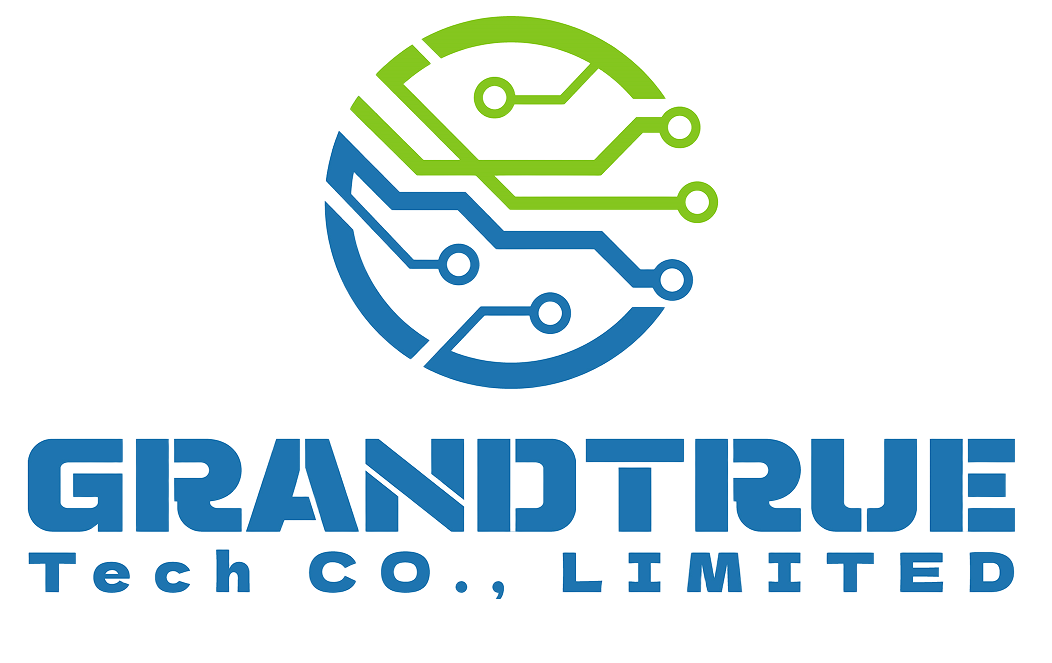You are here: News > Industry News
Search...
- 242025-02In electronics manufacturing, printed circuit boards are separated into three categories: 1, 2, and 3. The printed circuit board classification system, developed and monitored by IPC, has categories that reflect the level of quality of each circuit board type. Based on the IPC-6011 standard, the categories range from lowest (Class 1 standards) to highest (Class 3 standards).The major difference between each class is the degree of inspection electronics assemblies must undergo and the quality standards to which they're subjected. Understanding the classes and their requirements can be helpful to OEMs who aren’t sure to which class their product should belong. Customer requirements and cost can weigh heavily in deciding which class to pursue.Let’s take a look at the IPC class definitions and when you should consider each of them a possibility for your product:Class 1 Electronics: General Electronics ProductsClass 2 Electronics: Dedicated Service Electronics ProductsClass 3 Electronics: High-Reliability Electronics Products
- 102024-12Lattice announcing the release of their Nexus 2 FPGA
- 232024-11The evolution to agentic AI
- 272023-12NXP’s Neal Kondel demonstrating homeowner identity and location sensing
- 182020-06Solder also has a spillover effect on PCB laminate material during the assembly process. These include: corner cracking, barrel cracking, post separation, hole-wall pullaway, resin recession, delamination, pad cratering, and decomposition.
- 082011-04Innovations in power ICs meet evolving industrial and robotics requirements, including the need for higher power efficiency and integration.

